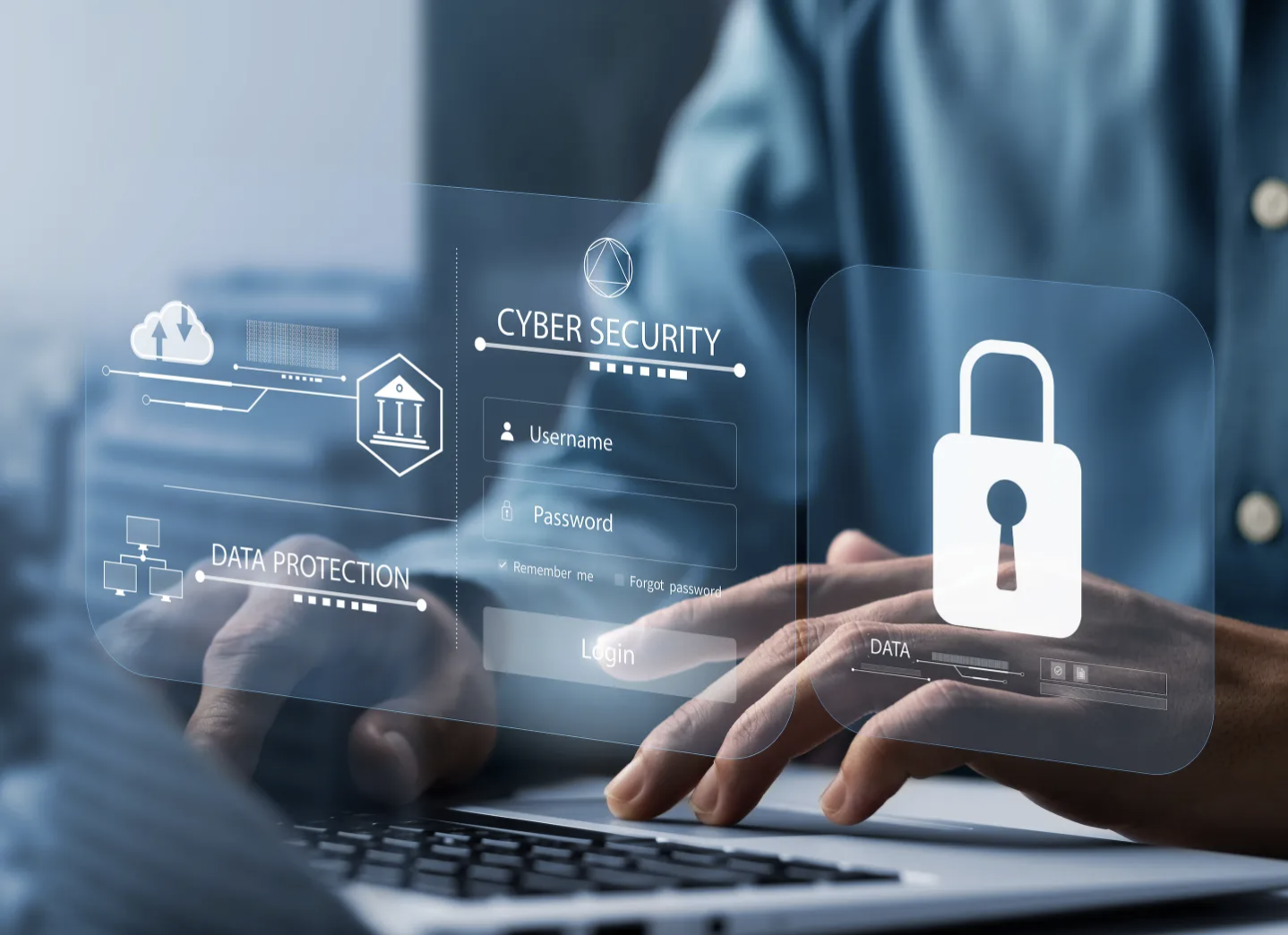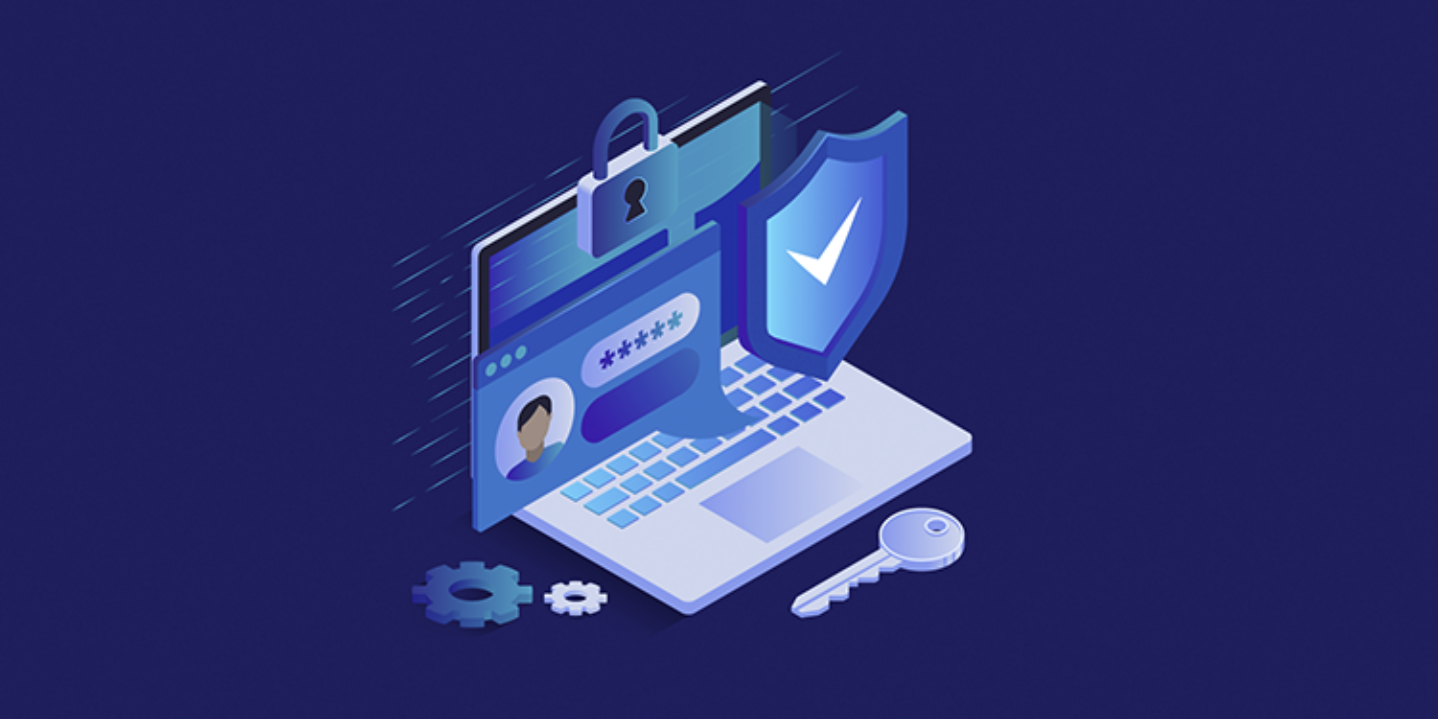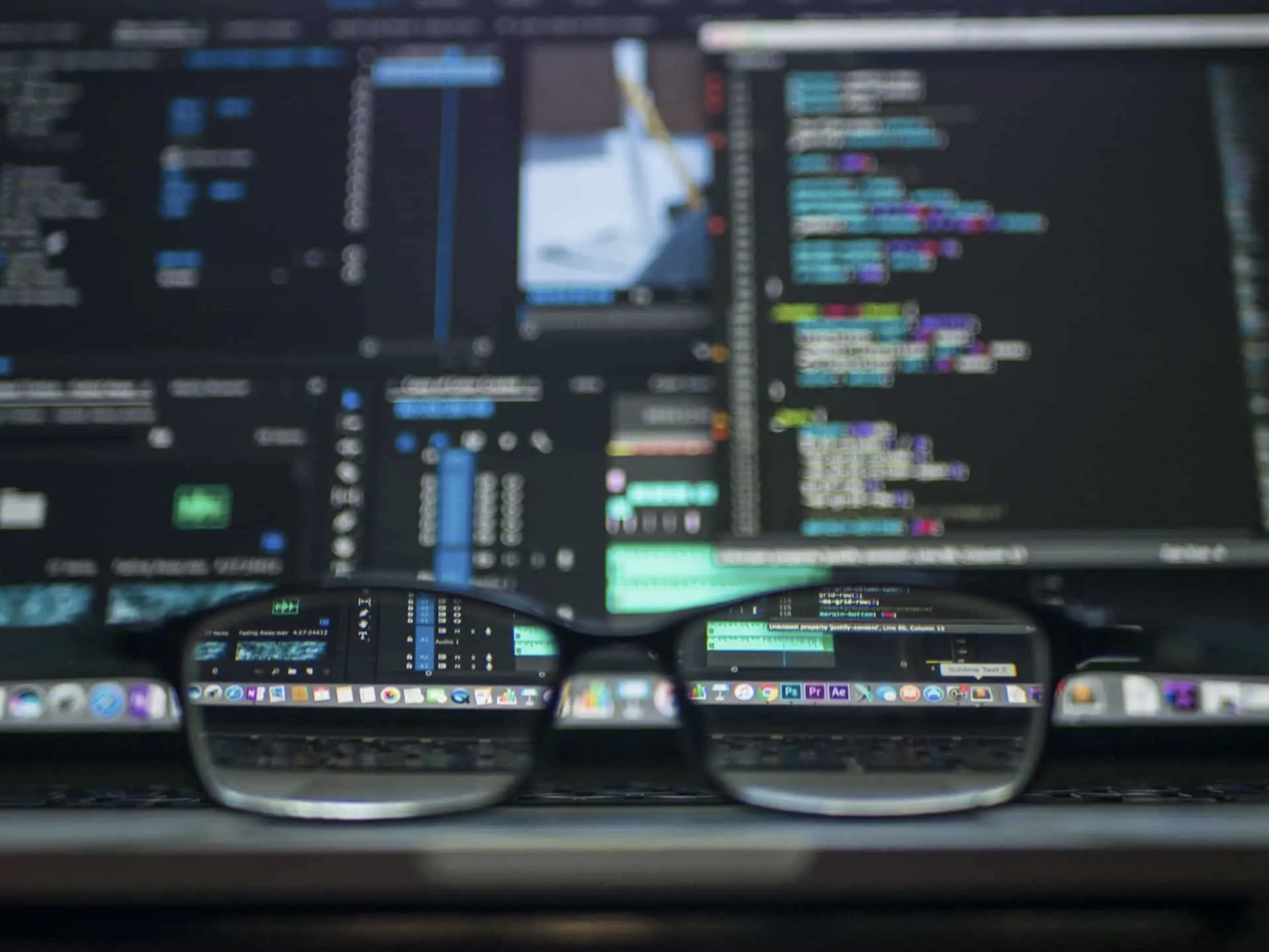
Understanding AI and Its Role in Cyber Threats
What is AI?
Artificial Intelligence (AI) is a broad term that refers to various programming techniques and technologies that enable computers and machines to process information, learn from past experiences, and adapt to new inputs. AI allows systems to perform tasks that typically require human intelligence, such as decision-making, problem-solving, and pattern recognition. Many AI applications we see today, from chess-playing programs to self-driving cars, rely heavily on deep learning and neural networks.
How AI Is Transforming Cyber Threats
As digitalization expands, the potential attack surface for cybercriminals grows significantly. This rapid advancement provides new opportunities for hackers to exploit vulnerabilities. Beyond traditional tools like advanced malware and zero-day threats, AI and machine learning have now become part of the cybercriminal arsenal.
The integration of AI into cyberattacks enables hackers to launch sophisticated attacks at an unprecedented speed. This forces security teams to respond with equally advanced defense mechanisms. The alarming reality is that this evolution is happening in real-time, leaving organizations with little time to implement AI-driven countermeasures.
How AI Contributes to Cyber Threats
Although AI has many advantages in cybersecurity, it also provides cybercriminals with enhanced capabilities. Here are some ways AI is being leveraged to intensify cyber threats:
- AI Gives Cybercriminals a Greater Return on Investment
Just like businesses, cybercriminals operate under economic constraints. Discovering and exploiting zero-day vulnerabilities can be expensive and time-consuming. Developing new malware or purchasing cyberattack tools from underground markets also requires substantial resources.
AI and machine learning simplify this process by allowing cybercriminals to create malware that autonomously detects system vulnerabilities and determines the most effective attack strategy without the need for continuous communication with a command-and-control (C2) server.
We have already seen the use of AI in advanced persistent threats (APTs) and multi-vector attacks, where malicious programs independently learn about the targeted system. This enables attackers to launch precise, highly targeted attacks rather than relying on traditional, less efficient methods that are more likely to trigger security alarms.
- AI Reduces the Time Needed to Breach Systems
With the rise of high-speed technologies like 5G, cyberattacks are becoming even faster. 5G networks allow devices to communicate at unprecedented speeds, forming decentralized networks that are harder to secure but easier to exploit.
AI-powered attacks can take advantage of this by using Swarm Technology, where multiple AI-driven machines work together in a coordinated manner. These devices can exchange data, learn from each other, and execute large-scale attacks more efficiently.
By combining AI with interconnected systems operating at 5G speeds, cybercriminals can launch adaptive, real-time attacks. These attacks can evolve dynamically based on the responses they receive, making them much harder to detect and neutralize.
- AI-Based Cyberattacks Are Becoming More Affordable
In the past, creating sophisticated cyber weapons required significant expertise and financial investment. However, AI has made it easier and more cost-effective to develop and deploy such threats.
AI automates many aspects of cyberattacks, allowing cybercriminals to produce malicious tools in greater numbers, at lower costs, and with greater flexibility. As a result, the price of these tools on the black market is decreasing, making them more accessible to a larger number of attackers.
This increased availability of AI-driven cyber weapons means that even less-experienced hackers can launch complex attacks, further amplifying the overall cybersecurity threat landscape.
The Growing Need for AI-Driven Cybersecurity
While AI is a powerful tool for cybercriminals, it can also be leveraged for defense. Organizations need to adopt AI-driven cybersecurity measures to detect, predict, and respond to evolving threats in real-time. Staying ahead in this digital arms race requires continuous innovation, advanced security protocols, and AI-powered defense mechanisms to counteract AI-enhanced attacks.













